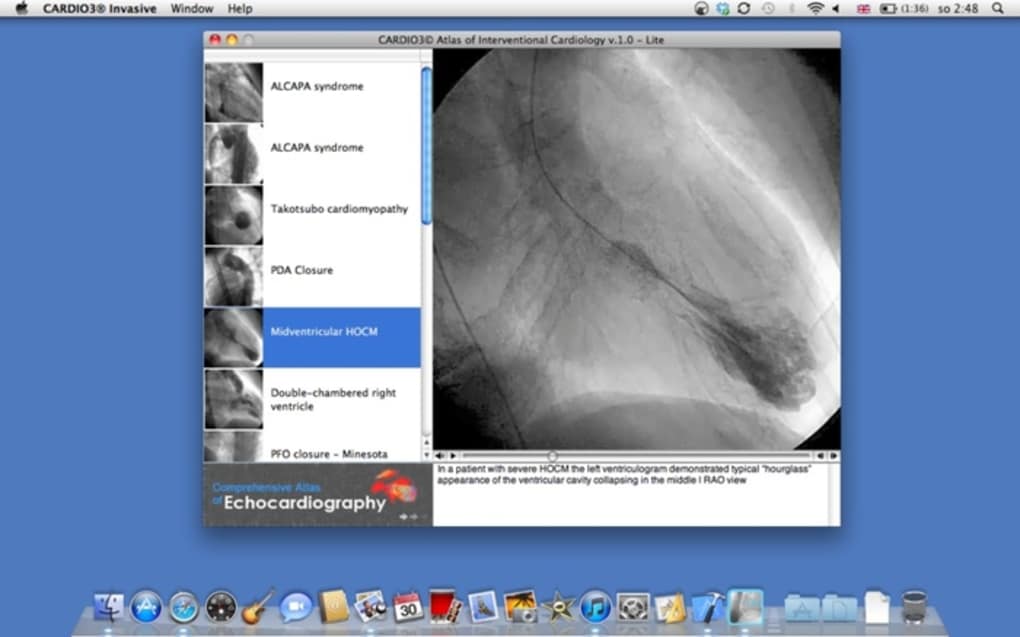
With recent advances in three-dimensional (3D) digital imaging technology, the need for biomedical engineering (BME) students to learn the basics of extracting specific anatomical features from the images, a process called segmentation, has grown significantly. This stand-alone module provides a low-cost, flexible way to bring the clinical and industry trends combining medical image segmentation, CAD, and 3D printing into the undergraduate BME curriculum.Ĭlinical practice has long used medical images for diagnosis and treatment planning.

After completing the developed module based on ITK-SNAP, all students attained sufficient mastery of the image segmentation process to independently apply the technique to extract a new body part from clinical imaging data.
#Osirix lite length tool not working software#
ITK-SNAP was identified as the best software package for this application because it is free, easiest to learn, and includes a powerful, semi-automated segmentation tool. This module was implemented in three different engineering courses, impacting more than 150 students, and student achievement of learning goals was assessed. After selecting the package best suited for a stand-alone course module on medical image segmentation, instructional materials were developed that included a general introduction to imaging, a tutorial guiding students through a step-by-step process to extract a skull from a provided stack of CT images, and a culminating assignment where students extract a different body part from clinical imaging data. Five commercially available software packages were evaluated based on their perceived learning curve, ease of use, tools for segmentation and rendering, special tools, and cost: ITK-SNAP, 3D Slicer, OsiriX, Mimics, and Amira.

To support recent trends toward the use of patient-specific anatomical models from medical imaging data, we present a learning module for use in the undergraduate BME curriculum that introduces image segmentation, the process of partitioning digital images to isolate specific anatomical features.


 0 kommentar(er)
0 kommentar(er)
